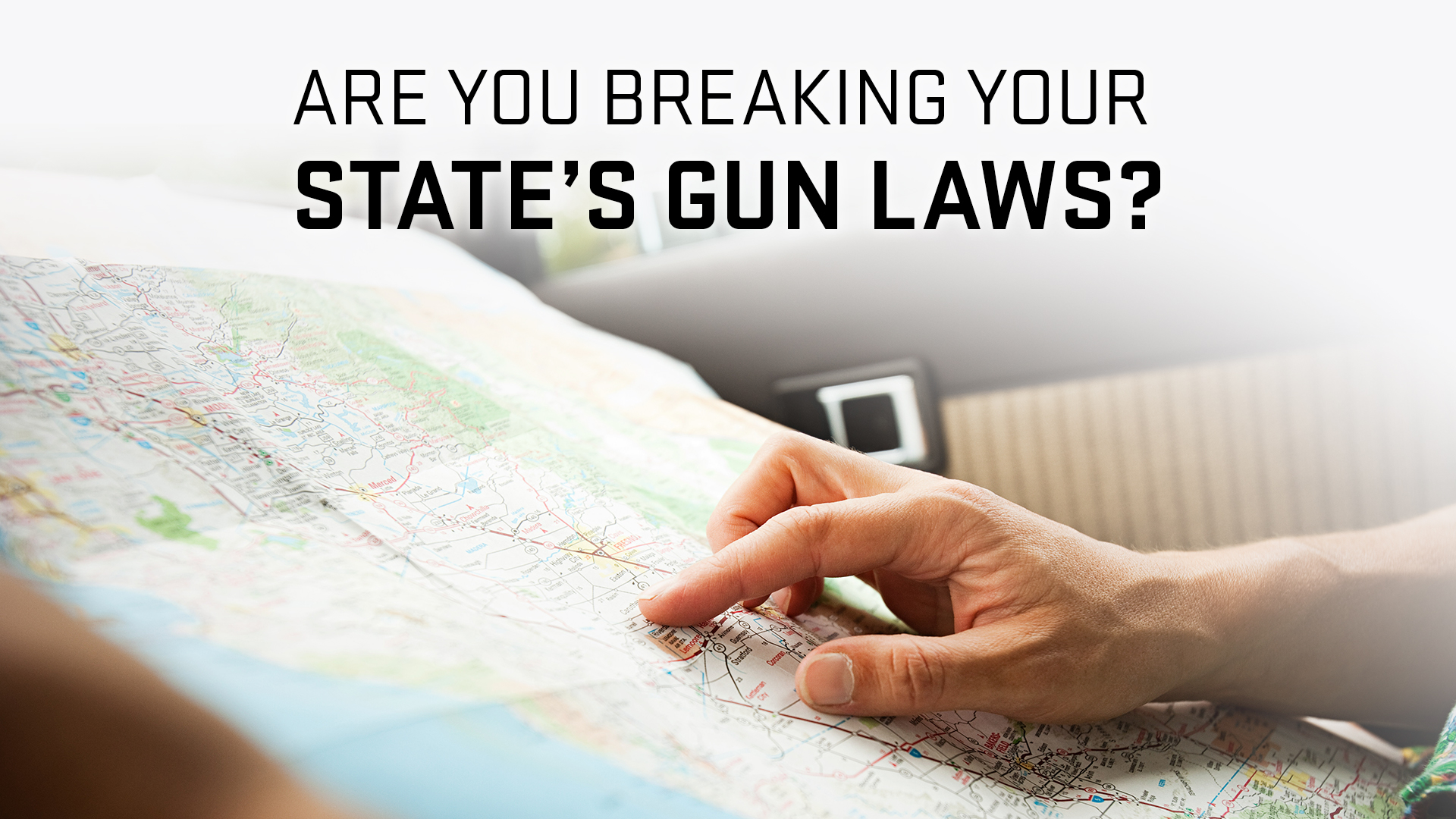December 31, 2022: When Ammo Catches Fire — SAAMI Video Reveals Surprising TruthWith all the fires that are raging on the West Coast, many people have wondered about the dangers faced by gun owners in areas where there is fire. This video shows you what happens when loaded ammunition ignites. You’ll be amazed. Contrary to Hollywood’s expectations, the ammo does not explode in a huge explosion. It’s not a huge explosion. The rounds “cook off” one at a time, and the bullets explode at comparatively low velocity. Although we have previously featured the SAAMI research project, it is worth reiterating for those who haven’t yet seen it. The bullets “cook off” one by one, and release at a relatively low velocity. Over 400,000 rounds were incinerated by professional fire-fighters in a series eye-opening tests. This video is available for you to see if you have not yet. The Sporting Arms & Ammunition Manufacturers Institute (SAAMI), has created a 25-minute video that shows exactly what happens to sporting ammunition when it is involved in a fire. This video shows the results from serious tests that were conducted with professional fire crews. This video is highly recommended. It dispels many myths and shows what happens when ammunition drops, is dropped, or is crushed. Video Timeline: 2:10 Impact Test (ignited from outside firearm) 3:40 65 foot Drop Test 7:55 Blasting Cap Attacks 9:55 Bulldozer, Forklift and Bulldozer Tests 12:20 Boxed Ammo Bonfire 14:37 Bonfire with no Packaging 17:21 Retail Store Simulator Burn 20:55 Truck trailer Burn More than 400,000 rounds of ammunition were tested. Some footage is quite impressive. Two thousand rounds of ammo from boxes was soaked in diesel fuel and set up a bonfire. The testers then loaded five pallets of ammo (250.000 rounds) into a semi-truck and set it ablaze using wood and paper as fire-starting materials. The bullets normally discharge at low speed and low pressure. SAAMI states that smokeless powders must be contained in order to propel a projectile at high velocity. Projectile velocity is extremely low when not in a firearm. Bullets fired from “cooked-off ammo” will not penetrate normal fire-fighter gear at distances of 10 metres. However, you can see the reality of the situation by watching the video. There are many amazing demonstrations, including one that simulates a retail store fire using 115,000 rounds of ammunition in boxes. It sounds like a battery or machine-guns as the cartridges cook off. However, projectiles didn’t penetrate the “store” walls or two layers of sheetrock. The fire crew extinguishes the “store fire” in less than 20 seconds using only water.
This video also includes ammo handling tests. Dropping ammo boxes from 65 feet was the limit. Only a small fraction of the cartridges were discharged and there was no chain fire. SAAMI concludes that sporting ammunition is unlikely ignite when dropped from heights of 65 feet. A cartridge that ignites does not spread. Rifle Fire Test
SAAMI’s testers tried to blow up ammunition boxes with rifle fire. From 65 yards, boxes of loaded ammunition were shot with.308 Win cartridges. This video shows fascinating slow-motion footage of rounds penetrating boxes containing rifle cartridges, pistol ammunition, and shotgun shells. The cartridges that were damaged were destroyed. However, adjacent cartridges sustained little damage other than powder leakage. SAAMI observed that most ammunition didn’t ignite. There was no chain reaction when a cartridge ignited. Bulldozer Crush Test
The test team also performed a “crush-test” with a Bulldozer. The Bulldozer’s treads crushed the first boxes of loaded ammo and then the loose ammo piles. A few rounds were fired off, but there was no chain-fire or large explosion. SAAMI observed that even in extreme conditions of friction and compression, sporting ammunition is unlikely ever to ignite. It does not spread if it ignites when crushed. Test of the Blasting Cap
Most remarkable, however, was the inability of the testers to get ammunition to chain fire (detonate all at one time) even with blasting caps attached directly to live primers. A blasting cap was applied to the primer of a round that was contained in a large ammo box. One cartridge ignited, but the rest of the ammo in the large box was unaffected.

















